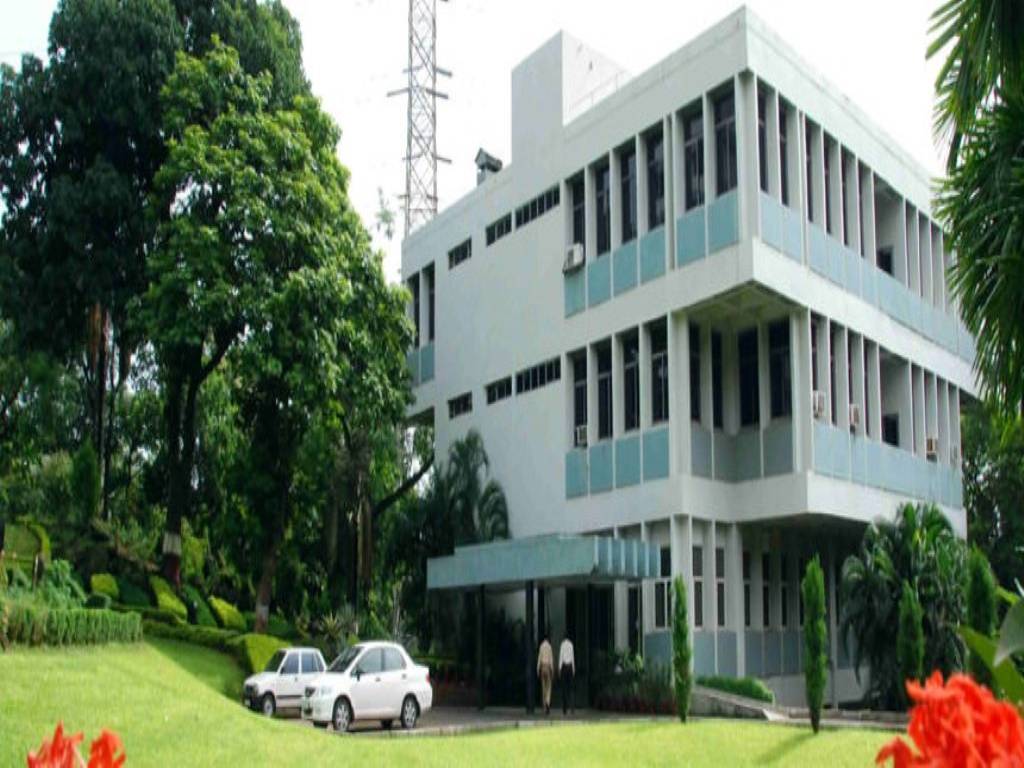
Do you know India is now the largest milk producer of the world? But this was no overnight success. This is a result of decades of burning the midnight oil by milk producers, their cooperatives, and the professionals of National Dairy Development Board (NDDB).
How NDDB was established
It was a time between 1the 1950s and the 1960s. Milk production in India was stagnant. Amidst this, Anand in Gujarat featured a successful cooperative that was established under the guidance of Sardar Vallabhbhai Patel.
In 1964, the then Prime Minister Shri Lal Bahadur Shastri visited Anand to understand the sheer success of this milk cooperative. He realized the advantages of a cooperative body. So, he established NDDB.
Dr. Verghese Kurien, who was serving as the General Manager of Anand Milk Producers’ Cooperative, was appointed as the first Chairman of NDDB.
Operation Flood
Operation Flood was the brainchild of NDDB. It was launched in the 1970s. The objective of this program was to meet the increasing urban demand for milk via a network of milk producer societies in villages. These were amalgamated with milk producers’ cooperative unions at the district level.
The basic idea was to let milk producers be the owners of their business.
Main function of NDDB
NDDB, set up in 1965, was registered as a society. The National Dairy Development Board Act came into existence in 1987. This made NDDB a statutory body and it became an institution of national importance.
NDDB’s main function is to conceptualize, organize, and promote programs for the development of dairy sector and allied industries.
Recently, NDDB and EESL sign MoU with EESL to provide energy-efficient solutions for the dairy sector.
In 2010, NDDB had launched a plan that had four thrust areas:
-
Quality assurance
-
Productivity enhancement
-
Institution building
-
National information network
Headquarters
NDDB is headquartered at Anand, Gujarat. It has regional offices across the country. It subsidiaries include Mother Dairy.
The current Chairman of NDDB is Varsha Joshi.

















